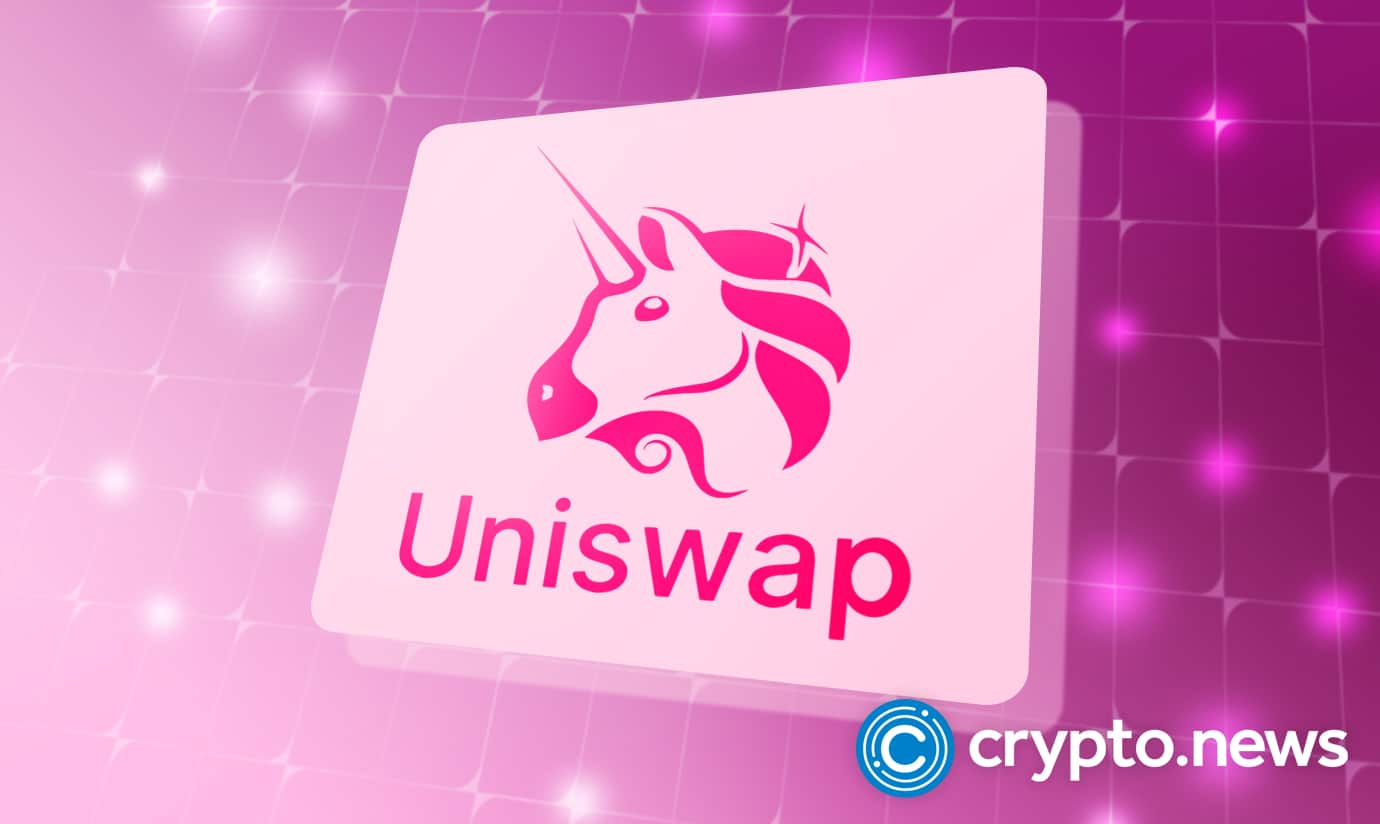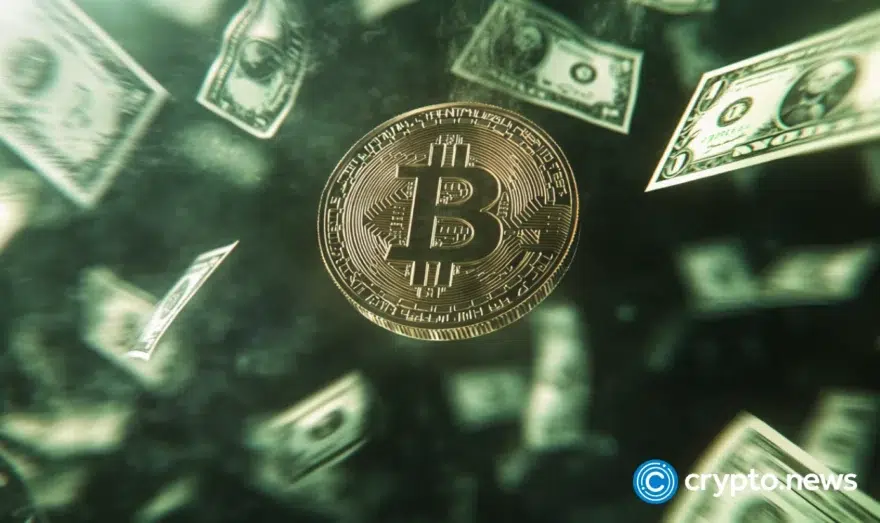UniSwap Crypto DEX: What Is It, and How Does It Work?

Uniswap DEX is a protocol running on the Ethereum network whose main aim is to incentivize a global network of traders to maintain an exchange where cryptos can trade. It is one of the best protocols in the DeFi sector as it leverages numerous crypto assets in a decentralized manner.
Rather than using centralized order books, Uniswap is optimized to use liquidity pools. It functions similarly to other protocols like Balancer and Curve, where the liquidity pools are funded by liquidity providers (LPs).
A decentralized exchange (DEX) is a platform that supports the trading of digital assets and whose governance is based on consensus among all participants. It relies on consensus protocols during decision-making. Some of the most popular DEXs in the crypto space are UniSwap, SushiSwap, PancakeSwap, Bancor, Balancer, 1inch, and Curve.
These exchanges offer services akin to banks but in a trustless way. Crypto exchanges differ in their governance method, thus breaking into two classifications: centralized crypto exchanges (CEXs) and decentralized crypto exchanges (DEXs). The centralized crypto exchanges offer services where the control of the assets in their platforms is under a small circle of executives.
Conversely, decentralized exchanges offer crypto trading services where the governance of their platform lies entirely on their users. They are characterized by the availability of governance tokens which help in the consensus processes for voting.
Why Trade on a DEX Than a CEX?
DEX’s are better than CEX’s in many ways. They allow their users to enjoy the freedom of controlling their funds through democratic governance. This freedom is crucial in the investing process as it makes the users confident in it. This reason alone is enough to consider when choosing an exchange to trade within the crypto space.
When it comes to liquidity and the range of available trading assets and pairs, most DEXs outdo CEXs since they list the assets their users want. The CEXs are more careful in listing assets as they try to avoid controversies, resulting in a smaller range of tradable assets. Also, many people use DEXs due to the sense of ownership and freedom created by decentralization. Therefore, DEXs have more liquidity than CEXs and can settle transactions of almost any size.
Even though DEXs seem to be more attractive and befitting for a crypto trader, it is best to DYOR before using any of them as some CEXs may offer better services than them.
Company Overview
UniSwap is one of the most popular and most prominent crypto DEXs by volume and is a pioneer in the DeFi sector. It is from the UniSwap source code that SushiSwap was created. It is Ethereum-based and has automated market makers (AMMs) and liquidity pools to facilitate p2p trading among its users. Being a DEX, it runs on smart contracts for optimal results.
AMMs are one of the exchange’s vital smart contracts as they control how liquidity is made. The AMM on Uniswap helps determine the price for a transaction to be made depending on the supply and demand dynamics of the protocol. It relies on liquidity providers (LPs) to fund the liquidity pools, and in return, they are rewarded with a portion of fees collected in the protocol. The rewards given to the LPs are equivalent to their share of the pool per for each transaction.
After Sushiswap was made from Uniswap’s source code as a more decentralized clone, Uniswap developed its token UNI and launched it in 2020. The token gives its users more oversight of the protocol’s functionality. UNI holders can vote on the protocol’s critical developments in steering it to an evolutionary trajectory.
Additionally, the protocol allows its users to use the token in funding liquidity mining pools, partnerships, grants, and other processes to expand Uniswap’s reach.
How Does Uniswap Work?
Uniswap’s network design facilitates the buying and selling of cryptocurrencies, similar to traditional exchanges. It achieves this functionality by using smart contracts that programmatically allow for the deposit, trading, and withdrawal of crypto assets.
It also ensures that the proper fee structure is followed throughout trading the assets. That fee is then transferred to all Liquidity Providers according to their contribution to the pool.
UNI
Uniswap’s token UNI draws its value from being a utility token within the exchange. The users who hold it have the power to govern the protocol through voting on the proposals that may reshape the ecosystem significantly in the future. The UNI token lists in the top 30 cryptos worldwide on coinmarketcap listing in terms of the trading volume.
The UNI token was created to entrust the developments of the protocol’s users and help it grow to self-sustaining levels. The team behind Uniswap made this dream realistic after airdropping 400 UNI to all users on the platform in September 2020.
It also rewarded the frequent users of its liquidity pools with additional tokens. However, there are still some rules to follow when submitting proposals for the Uniswap ecosystem. The most significant one is to hold atleast 1% of the total supply of UNI.
Can I Stake on Uniswap?
Uniswap allows its users to stake but differently from other networks like Ethereum. However, it is similar to some DEXs in the DeFi sector. Its process is a little complicated, but with time and strict adherence to the guidelines, anyone can comfortably make passive income from the network.
How Staking Works on Uniswap
There are three main procedures that an investor should follow while staking on Uniswap.
- Get an ethereum supported wallet ready before accessing the Uniswap platform. The need for an Ethereum-supported wallet arises because Uniswap runs on the Ethereum network; thus, most of its activities rely on Ethereum to complete. One of the best wallets to use in this case is the MetaMask wallet.
- After opening or activating the Ethereum wallet, a user should purchase some Ethereum tokens and store them on the wallet. The tokens will be useful in settling offset gas fees while staking the cryptos of a user’s choice. After finishing that up, a user should store the crypto funds they want to stake in their wallet.
- The above processes can be done before proceeding to the Uniswap platform. After finalizing them, a user should log in to their Uniswap account and connect to the Ethereum-supported wallet. For a successful connection to the platform, a user should read and follow all instructions from the wallet’s issuer and Uniswap on how the connection should be made. Then the users should explore the available staking options against their APY/ APR and complete the transaction. After the transaction is done, the user should wait for the staking period to end to receive full rewards from the protocol.
What is Uniswap Liquidity Staking?
Uniswap and Bondly Finance allow its users to participate in liquidity staking into a Uniswap pool using liquidity tokens. A user can deposit ETH/USDT + native tokens in the Uniswap pool. After a trade occurs, 0.3% of the fees are distributed pro-rata to all liquidity providers on the protocol.
According to Uniswap, “liquidity providers can also choose to sell, transfer, or otherwise use (e.g. stake) their liquidity tokens in any way they see fit.”
Additionally, it is best to follow the instructions offered by Uniswap for successful liquidity staking. Failure to follow the instructions well while sending tokens for staking may lead to a total loss.
According to Bondlyfinance, a partner of Uniswap in liquidity staking:
CAUTION: DO NOT DIRECTLY SEND UNI-V2 TOKENS TO THE STAKING CONTRACT, ONLY USE THE PROVIDED USER INTERFACE! ANY TOKEN SENT DIRECTLY WILL BE LOST.
Reward Structure for Uniswap and Bondly Liquidity Staking Pools
The Bondly staking pools bear rewards in different measures. Below are details on how it all functions
- Rewards: Uniswap Trading Fees + 105% APY
- Full maturity: 60 days
- Early withdrawal starts: 30 days
- Early withdrawal rewards start at 40% APY + Trading Fees
- Pool size: Unlimited
- The period to contribute: 7 days
- The minimum amount staked: 3000 BONDLY Token
Uniswap’s Liquidity Pools
In UniSwap, each liquidity pool holds two crypto-assets, meaning that a user can only add a pair of cryptos to the pools. It uses the formula (x * y=K) to determine the pricing per pair. In the formula, x and y represent the pool balance of each crypto, while k is the constant price of the pool in question.
When a new pool is created, the first liquidity provider sets the initial price of the assets by supplying two tokens of equal value. Buyers can then swap within the pool based on the main formula. The running of the pool is then controlled by smart contracts that also rely on the formula to take a number of tokens from a user and return an equivalent amount of tokens while maintaining the balance of the pool.
It is good to note that each trade has a predetermined fee. That means that the total liquidity on a pool increases slightly with each trade to make it profitable for the liquidity providers. As a result of the price shift, the next trader will have to buy the assets at a higher price than the previous one. This functionality maintains the balance in the overall system.
Why Stake or Farm With Uniswap?
The crypto space offers many ways of earning income from crypto holdings. The most common way is to buy low, hold and sell high. However, brilliant trader always finds more ways to increase the value of their investments. Protocols like Uniswap depend on liquidity to function optimally.
Since they are decentralized and do not have owners, they require that their users provide liquidity than creating a backup reserve. Therefore, they offer handsome rewards for the users who choose to become liquidity providers.
It is good to explore such options as staking, liquidity mining, and yield farming on different protocols since they are safe and are a way to earn passively from crypto holdings. Below are some reasons why crypto traders should stake or contribute liquidity to Uniswap.
- It is a way of earning passively from crypto holdings
- It limits emotional trading of crypto holdings
- It shields against the impact of market variations
- It ensures that the protocol has an optimal functionality
- Staked assets are safe from cyber attacks and fraud risks
- It is a creative way to generate income from the crypto space
Final Word
The crypto market has different trends and seasons. It is not always that the market will be in bull cycles. At times, people exit market positions which leads to a crash in the prices of cryptocurrencies. However, this should not hinder a crypto investor from making profits in any market cycle, including a sideways market, bull cycle, bear cycle, or the dips.
Therefore, every crypto trader should learn new skills and ways to increase their crypto holdings’ profitability. There are many ways to earn from cryptocurrencies, away from buying low and selling high. An investor could explore the market through risky ways like margin and futures trading or could find ways of earning passively from their holdings.
Some common ways of earning passively from crypto holdings include liquidity mining, Yield farming, staking, compound staking, etc. These means of earning passively from crypto holdings are best offered by DEXs and aggregators in the DeFi sector. These protocols are specifically designed to help investors maximize their profits in the market in the simplest and safest ways.
However, not every project in the crypto space is worth the risk. Some projects are scam traps, while others could be clones of the originals. Therefore, a trader should investigate and research projects that allow passive income generation from the crypto space before locking their funds.
Also, some projects offer better ROI than others which necessitates indepth research into the available options. Some of the best projects have been discussed above, but it is good to look out for more as the list of such protocols is endless. Finally, it is best to be cautious about following the instructions and guidelines offered by every crypto project since even the minute errors could lead to a permanent loss of funds.















